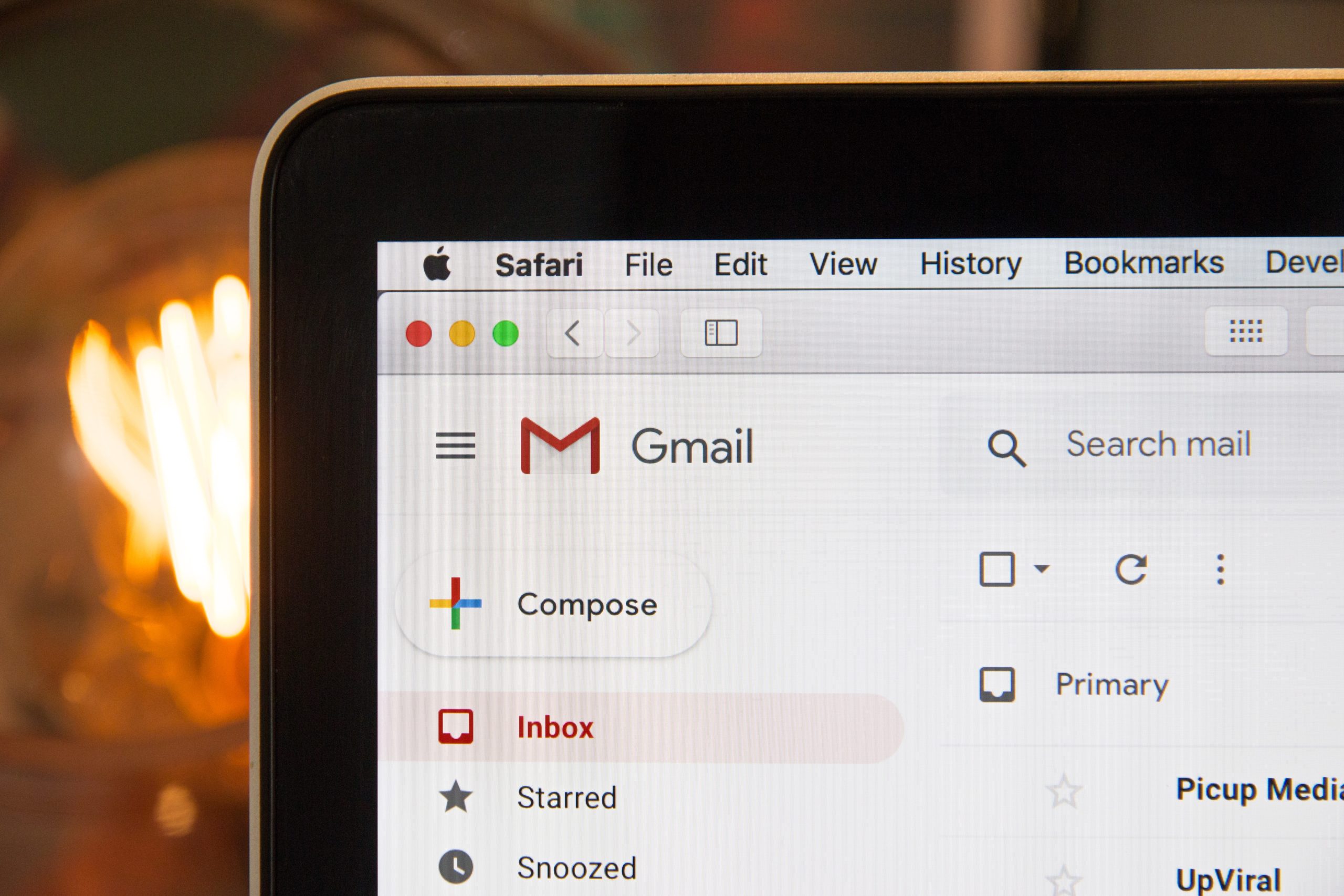Email marketing is hands down the most cost-effective way of converting leads, here are some stats to give you some insight!
- Email marketing has an ROI of around 122%.
- 66% of customers make a purchase as a result of a marketing email.
- 72% of consumers prefer receiving promotional content through email.
- 73% of consumers say they prefer email when communicating with brands.
- Email marketing is 40x times more effective at acquiring new customers than social media marketing – Facebook and Twitter.
Here are some of the most critical steps to incorporate and perfect your email marketing campaign!
- Building Your Email List
Before you can start sending out emails for your online course promotions, you need to have an email list to begin with! The best way is to segment your email list into 3.
- Cold Leads (Those who’ve never made a purchase form you)
- Warm Leads (Those who’ve made a purchase but have gone dormant)
- Existing Leads (Those who have recently purchased from you)
There are many ways to build your email list, here’s some of them:
- Create a signup form on your website. When people visit your website and like what they see, they’re more likely to know what’s going on with you. Create a form for newsletter signups and install some software to collect customer data like a pop-up.
- Use a signup sheet. Whether it’s at an event or conference, provide a place for your students and people who are interested in you to sign up and learn more.
- Drive sign ups through social media. If you’ve got an engaged social media following, tap into it and share your sign up form on social media!
- Offer an Incentive. This is the easiest way to build your email list. There are many ways you can do this. Some businesses prefer to give something away for free while others simply offer a newsletter for example.
Some common ways to entice people to sign up include:
- email series
- free downloads such as lead magnets and guides
- free eBooks
- updates, like new releases and product updates
- Segmenting Your Email List
Email segmentation is the practice of splitting up your email list into more targeted groups.
Here’s a few ways to segment a larger list:
- Newsletter subscribers
- Weekly/Monthly email list
- Demographics, such as age, location, or job
- Interests, such as sales or technology topics
Dividing your list gives you the ability to send and leverage more targeted communications with your customers. For example, some customers want both product updates and marketing, while others might only want the newsletter. You can also send specific thank you emails to buyers to thank them for their purchase.
Segmentation isn’t difficult or anything but it does require an investment of time to make sure it gets up working properly, hence why a lot don’t do it. But if you do, you’ll have a major competitive advantage over the rest.
For a helpful segmentation framework, check out Mailchimp’s Audience Segmentation guide!
- Hone Your Email Content
Once you have a wide range of emails, it’s important to structure thm to encourage as many email sign ups as possible! Cold emails are usually the hardest to appeal to because you’re trying to sell to people who have never heard of you.
Top tips for appealing to your cold email audience is to make sure to identify relevant pain points and the subsequent resolution and merge the two. Remember to keep subject lines short and not sales oriented, add valuable content to the email, provide a clear and powerful CTA with a discount or offer!
Warm leads could be seen as the most important segment of your campaign, according to Marketing Metrics, if a customer has made 2-3 purchases, then they’re 54% more likely to buy from you a third time.
Top tips for warm lead emails is to use personalized subject lines, demonstrate an intriguing offer, offer an incentive and research email statistics like best times to send out emails etc!
Existing leads are easy enough to stay in touch with but make sure not to bombard them with emails but rather send emails that provide value like newsletters, incentives and offers like giving a discount for every friend they refer to you!





